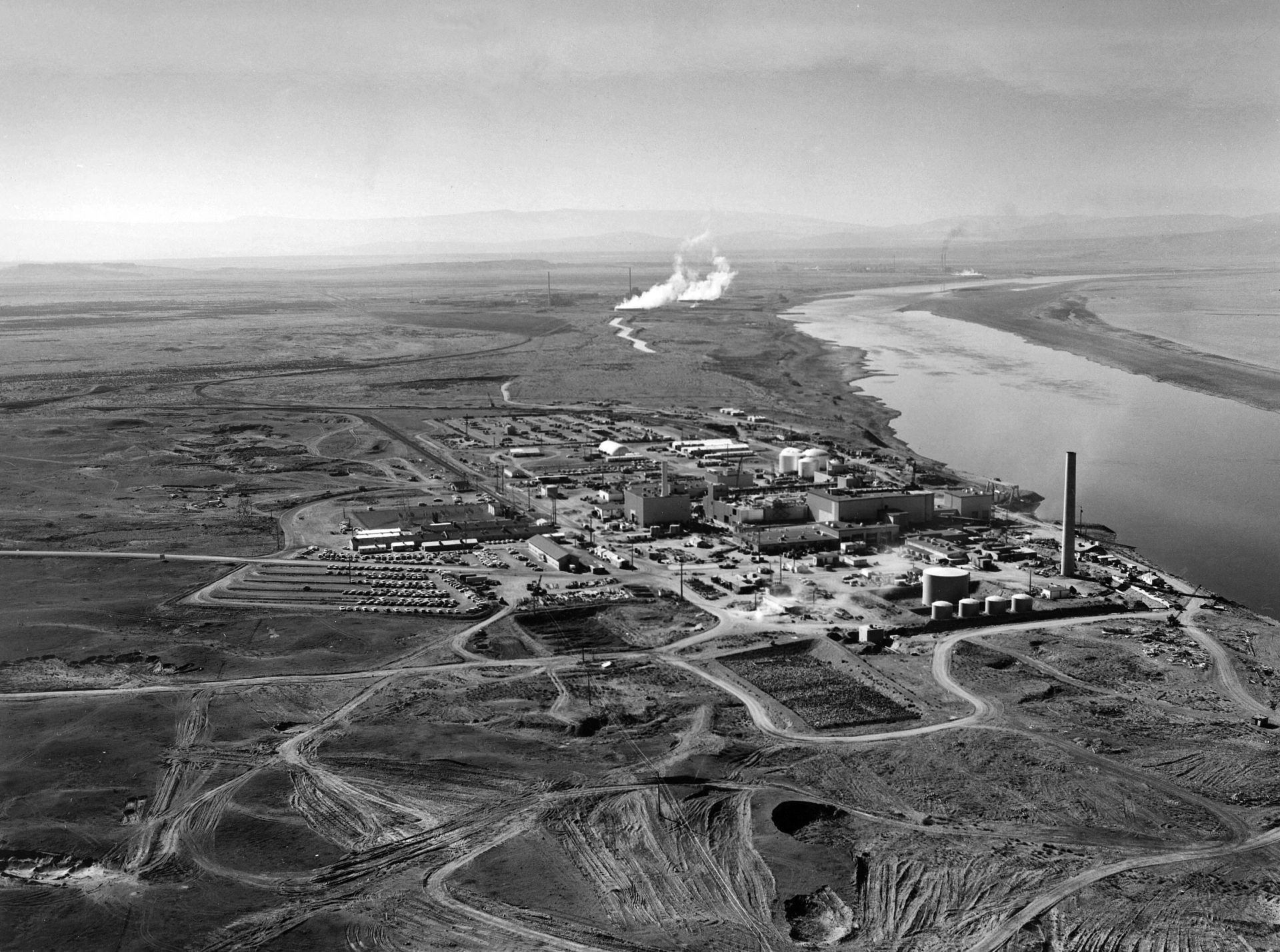A rendering of the Hermes low-power demonstration reactor. (Image: Kairos Power)
Having completed its review of the construction permit application for Kairos Power’s Hermes test reactor early last month, the Nuclear Regulatory Commission’s Advisory Committee on Reactor Safeguards (ACRS) recently submitted its conclusions to the agency, recommending approval.
SHINE’s isotope production building, called the Chrysalis, under construction in October 2022. (Photo: SHINE)
The Nuclear Regulatory Commission has issued its final safety evaluation report (SER) related to the operating license application for SHINE Technologies' large-scale medical isotope production facility, known as The Chrysalis, in Janesville, Wis. The SER documents the results of NRC staff’s technical and safety review of SHINE’s application. SHINE announced the NRC’s decision on February 27.
A record of decision concerning the proposed issuance of the operating license will be published by the NRC at a future date.
Since 1957, the Advisory Committee on Reactor Safeguards has had a continuing statutory responsibility for providing independent reviews of, and advising on, the safety of proposed or existing reactor facilities and the adequacy of proposed reactor safety standards in the United States.
The 1957 amendment to the Atomic Energy Act of 1954 established the Advisory Committee On Reactor Safeguards as a statutory committee with an independent advisory role and the responsibility to “review safety studies and facility license applications” and advise the U.S. Atomic Energy Commission “with regard to the hazards of proposed or existing reactor facilities and the adequacy of reactor safety standards.” With the enactment of the Energy Reorganization Act of 1974, the ACRS was assigned to the newly established Nuclear Regulatory Commission with its statutory requirements intact.
A rendering of the six-module Carbon Free Power Project planned for construction in Idaho. (Image: NuScale)
NuScale Power announced October 20 that the Nuclear Regulatory Commission’s Advisory Committee on Reactor Safeguards (ACRS) issued a letter the previous day agreeing with NRC staff’s approval of NuScale’s methodology for determining the plume exposure pathway emergency planning zone (EPZ). As approved, the methodology would permit a smaller EPZ—dependent on site-specific conditions, including seismic hazards—that provides the same level of protection to the public as the 10-mile radius EPZs used for existing U.S. nuclear power plants.
September 10, 2021, 8:22AMUpdated December 31, 2021, 7:15AMNuclear NewsThomas R. Wellock An aerial view of the Hanford reservation and Columbia River that shows the N (nearest), KE/KW (center), and B (top right) reactors. (Photo: U.S. DOE )
In March 1972, Stephen Hanauer, a technical advisor with the Atomic Energy Commission, met with Norman Rasmussen, a nuclear engineering professor at the Massachusetts Institute of Technology. The AEC had recruited Rasmussen to develop a report, The Reactor Safety Study (WASH-1400), to estimate the probabilities and consequences of a major nuclear power plant accident. With thousands of safety components in a modern reactor, the task was mind-boggling. Rasmussen proposed a novel approach based on more powerful computers, “fault tree” methodology, and an expanding body of operational data. By calculating and aggregating probabilities for innumerable failure chains of components, he believed he could develop a meaningful estimate of overall accident risk. WASH-1400 would be a first-of-its-kind probabilistic risk assessment (PRA).
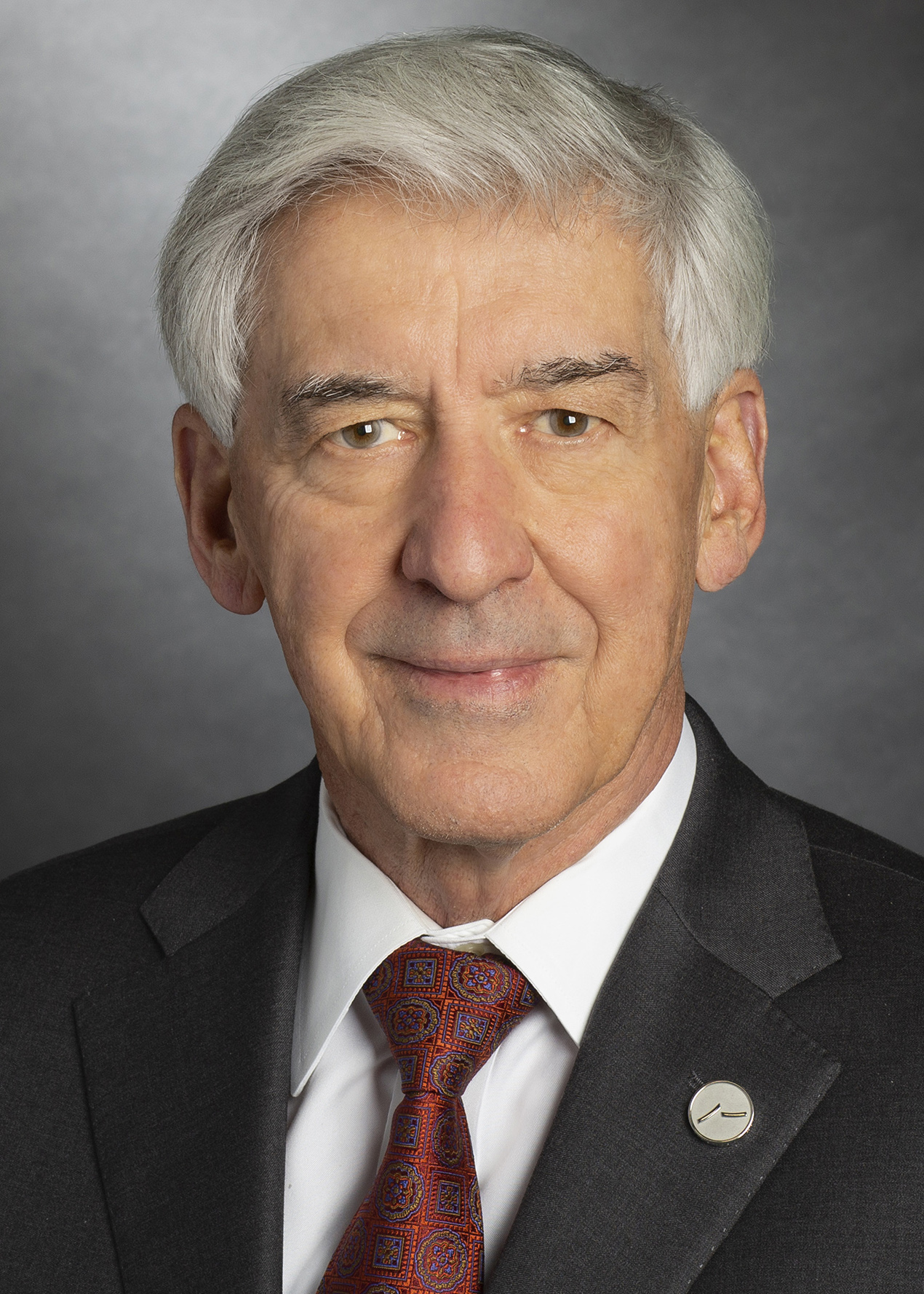


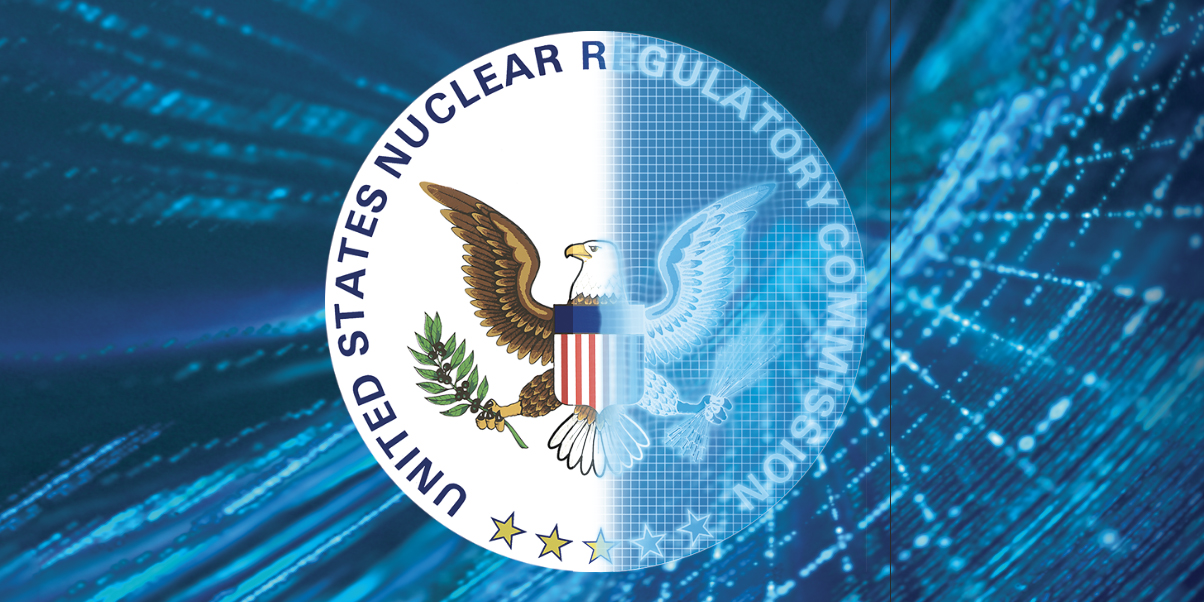

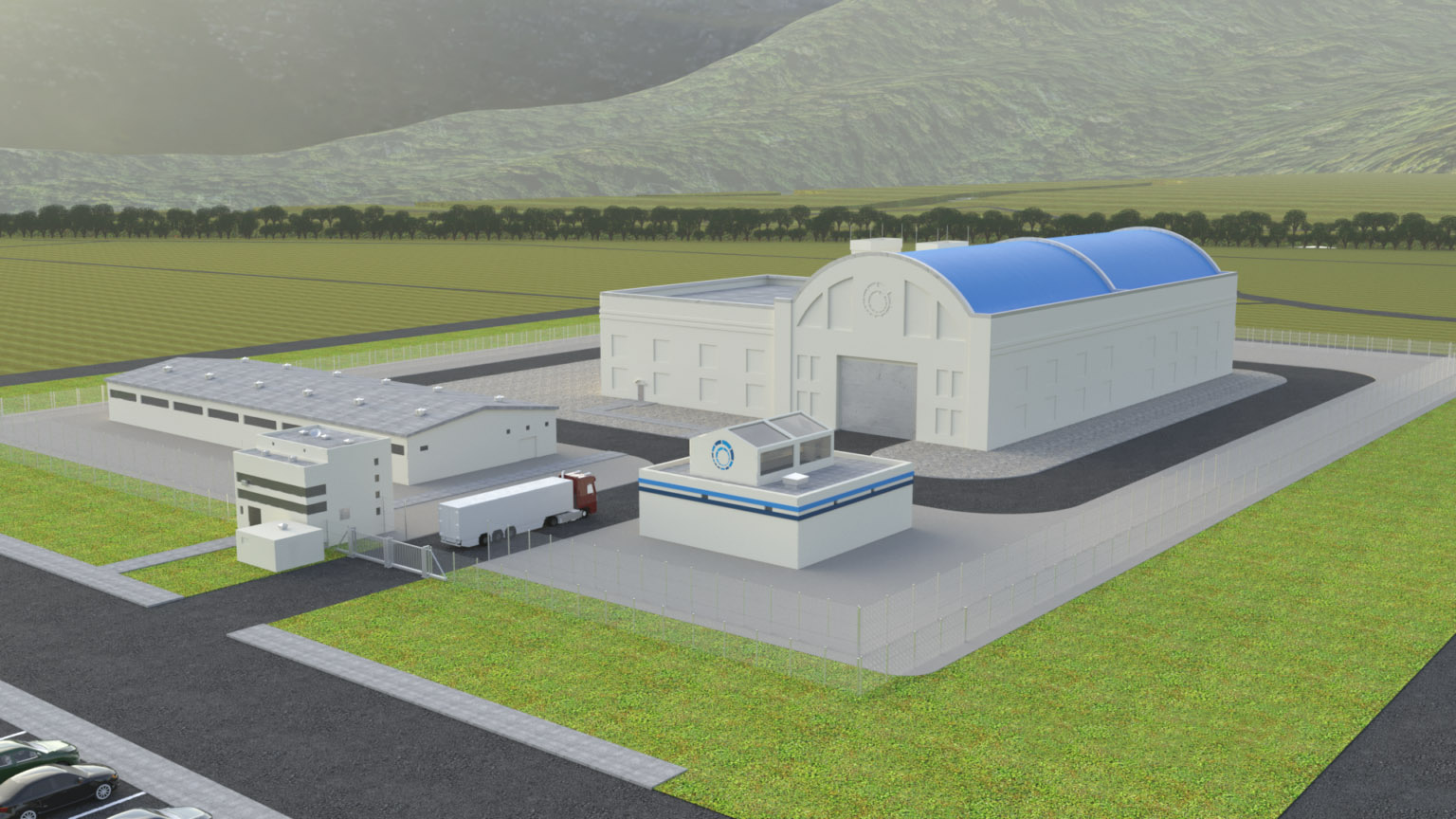
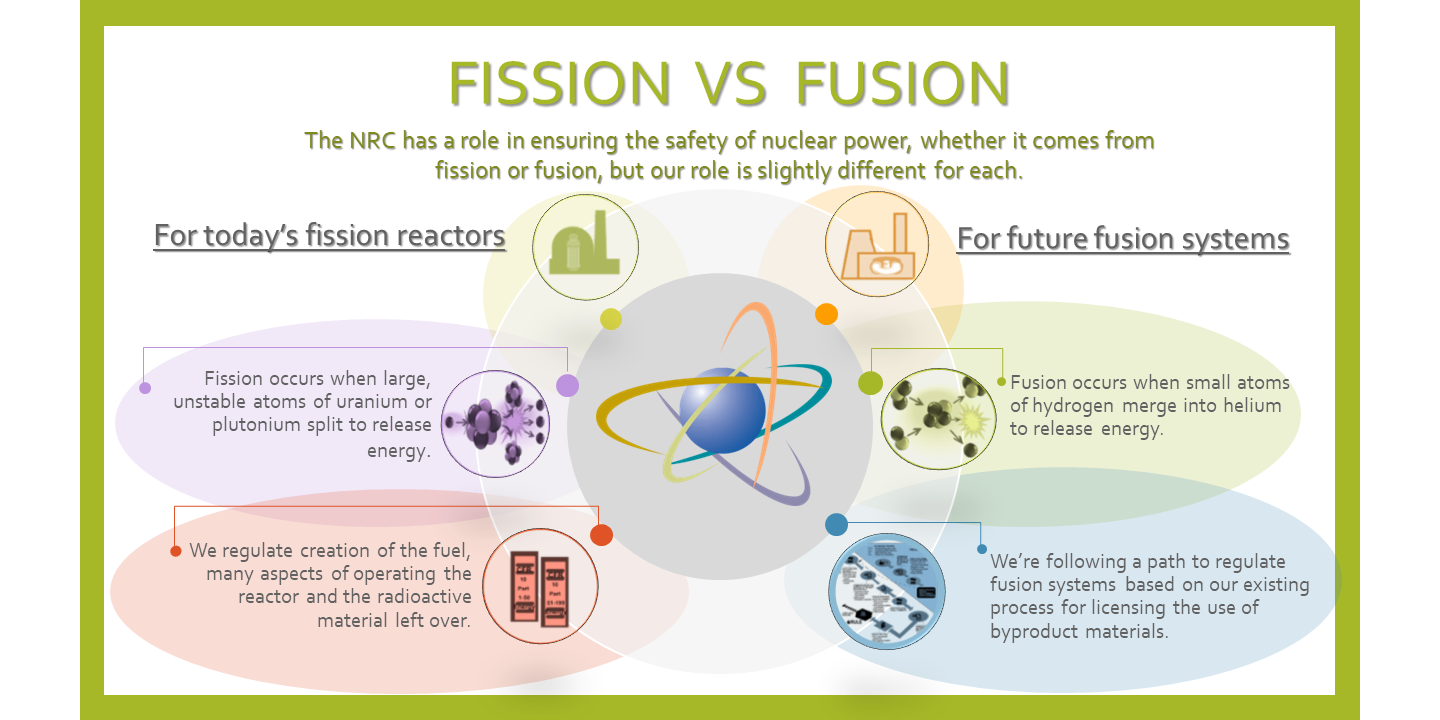

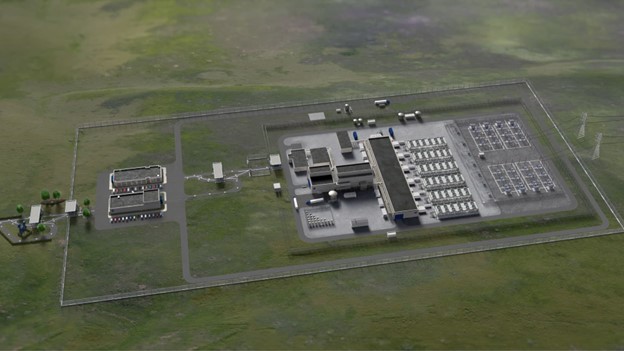
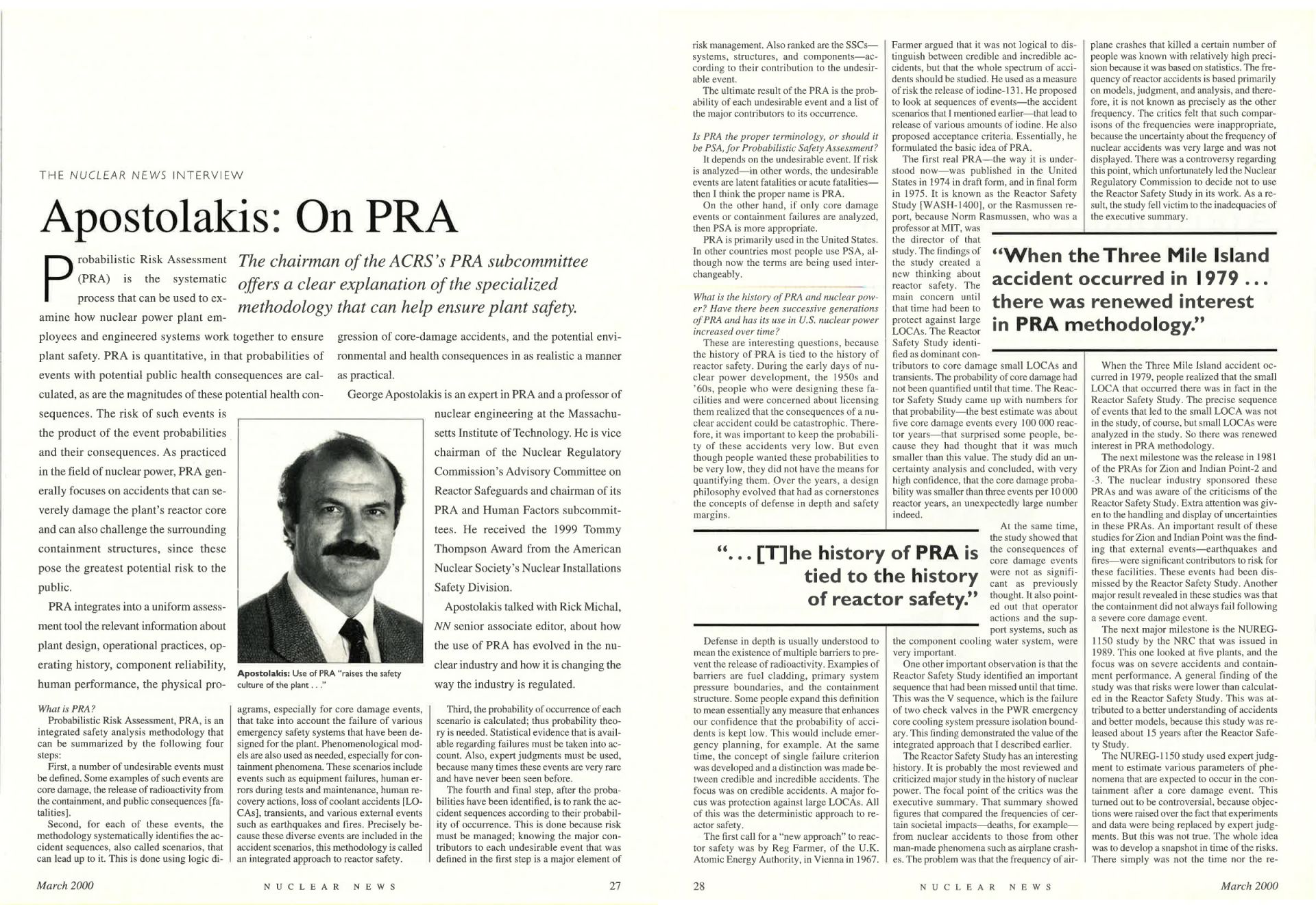 An
An 
